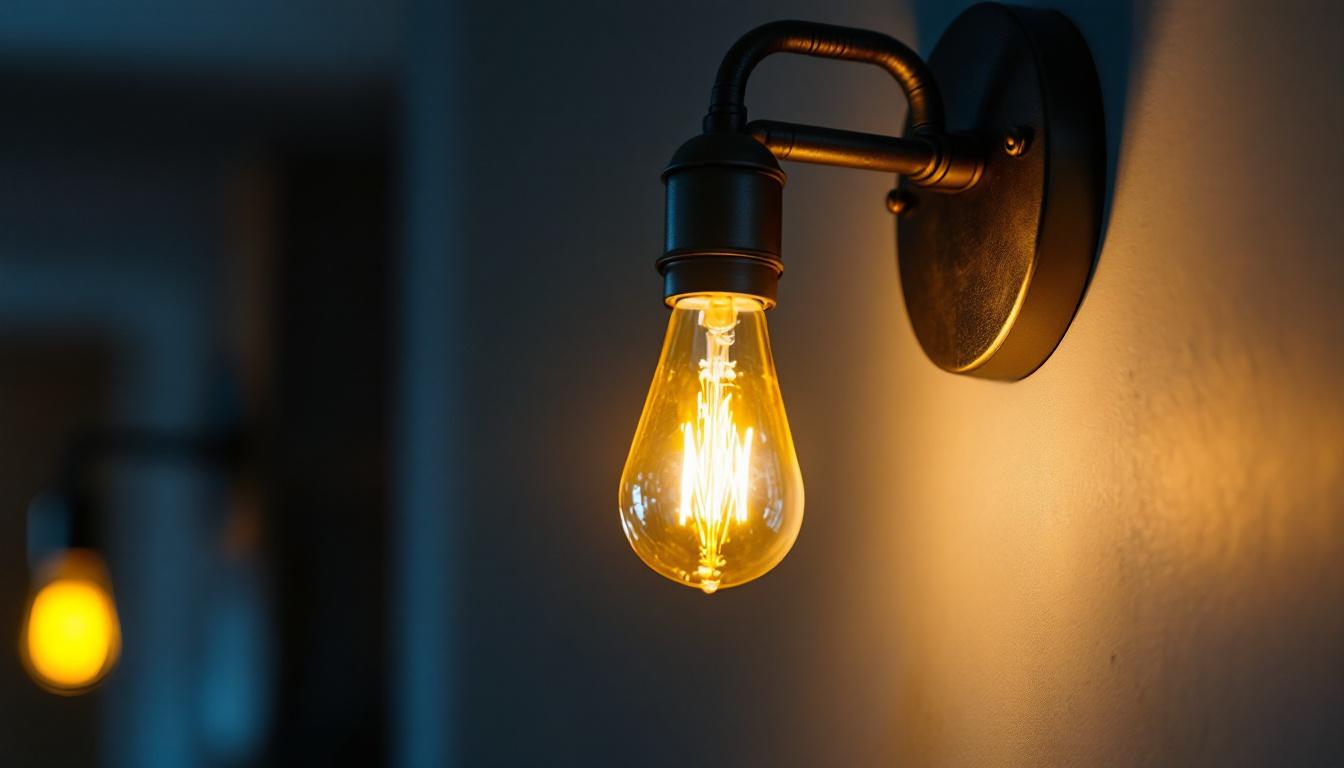
Lighting contractors play a crucial role in creating functional and aesthetically pleasing spaces. Among the many components they work with, sconce light bulbs are essential for enhancing the ambiance of both residential and commercial environments. This article delves into the various aspects of sconce light bulbs, providing valuable insights for lighting contractors looking to elevate their projects.
Sconce lighting is a versatile and stylish option that can significantly impact the overall design of a space. These wall-mounted fixtures are not only functional but also serve as decorative elements that can complement various interior styles. From modern minimalism to classic elegance, sconces can enhance the character of any room.
Typically, sconces are used to provide ambient lighting, accentuate architectural features, or illuminate specific areas such as hallways, staircases, or artwork. Understanding the different types of sconces and their applications is essential for any lighting contractor aiming to deliver exceptional results. Moreover, the placement of sconces can create a warm and inviting atmosphere, making them an excellent choice for both residential and commercial spaces.
There are several types of sconce fixtures available, each serving unique purposes and design aesthetics. Some of the most common types include:
When selecting sconces for a project, several factors come into play. The size of the space, the height at which the sconces will be installed, and the overall design theme should all be considered. Additionally, the type of bulb used can greatly influence the effectiveness and aesthetic appeal of the sconce.
Lighting contractors should also be aware of the wattage and lumens required for the intended purpose. For instance, a sconce used for ambient lighting may require a different bulb than one used for task lighting. Furthermore, the finish and material of the sconce can also play a crucial role in how it blends with the existing decor. Options range from sleek metals and polished brass to rustic wood and glass, allowing for a wide array of design possibilities that can cater to any preference.
Another important consideration is the color temperature of the light emitted by the sconce. Warmer tones can create a cozy and intimate atmosphere, ideal for living spaces and bedrooms, while cooler tones are better suited for work areas or modern settings. By thoughtfully combining these elements, lighting contractors can ensure that the sconces not only serve their functional purpose but also enhance the overall ambiance of the space.
The choice of light bulb is critical in achieving the desired effect of a sconce. The right bulb can enhance the color temperature, brightness, and efficiency of the lighting, all of which contribute to the overall atmosphere of a space. A well-chosen bulb not only illuminates but also complements the design elements of a room, creating a harmonious environment that can elevate the aesthetic appeal of any setting.
Contractors must be familiar with the various types of bulbs available and their respective advantages and disadvantages. This knowledge will enable them to make informed decisions that align with the needs of their clients. Additionally, understanding the latest advancements in lighting technology can provide contractors with the tools to recommend energy-efficient solutions that save on utility costs while still delivering exceptional performance.
Several types of light bulbs can be used in sconce fixtures, including:
Understanding color temperature and brightness is essential for selecting the right light bulb for sconces. Color temperature, measured in Kelvin (K), influences the mood of a space. Warm white bulbs (2700K-3000K) create a cozy atmosphere, while cooler white bulbs (4000K-5000K) are better suited for task lighting. In addition, some bulbs offer tunable white options, allowing users to adjust the color temperature according to the time of day or specific activities, further enhancing the functionality of the sconce.
Brightness, measured in lumens, is another critical factor. The higher the lumens, the brighter the light. Contractors should assess the specific lighting needs of each project to determine the appropriate brightness level for sconces. For instance, a hallway may require softer lighting to create a welcoming entry, while a reading nook might benefit from brighter, more focused illumination. By considering the intended use of the space, contractors can recommend the optimal lumen output to achieve the desired effect, ensuring that each sconce serves its purpose effectively.
As the demand for energy-efficient solutions continues to rise, lighting contractors must prioritize sustainability in their projects. Choosing the right sconce light bulbs can significantly contribute to energy savings and reduced environmental impact.
LED bulbs, in particular, stand out as a sustainable option. They consume significantly less energy than incandescent or CFL bulbs, while also having a longer lifespan. This not only benefits the environment but also reduces maintenance costs for clients.
In recent years, smart lighting technology has gained traction in the industry. Incorporating smart bulbs into sconce fixtures allows for enhanced control over lighting, including dimming options and color changes. This technology can be particularly appealing to clients looking for modern, customizable lighting solutions.
Lighting contractors should consider offering smart sconce options as part of their services. Familiarity with smart technology can set contractors apart from competitors and attract a broader client base.
When working with lighting, it is essential to be aware of local regulations and building codes that may impact the selection and installation of sconce light bulbs. Compliance with these regulations ensures safety and can prevent costly modifications down the line.
Contractors should stay updated on any changes in regulations regarding energy efficiency and lighting standards. This knowledge not only enhances credibility but also helps in providing clients with the best possible solutions.
Proper installation is crucial for maximizing the effectiveness of sconce light bulbs. Lighting contractors should follow best practices to ensure safety and optimal performance.
One of the first steps is to determine the correct height for installation. Sconces should be mounted at a height that provides adequate illumination without causing glare or obstructing views. Typically, sconces are installed between 60 to 72 inches from the floor, but this can vary based on the specific application.
When installing hardwired sconces, ensuring proper wiring is essential. Contractors should follow electrical codes and guidelines to avoid hazards. It is advisable to use appropriate wire gauges and ensure secure connections to prevent electrical issues.
For plug-in sconces, it is important to consider the placement of outlets. Ensuring that the sconces are positioned near accessible power sources will enhance functionality and ease of use.
After installation, testing the sconces is a vital step. This allows contractors to assess the brightness, color temperature, and overall performance of the bulbs. Adjustments may be necessary to achieve the desired lighting effect.
Contractors should also educate clients on how to operate the sconces effectively, including any smart features that may be available. Providing this information can enhance the client experience and ensure satisfaction with the final result.
Regular maintenance is key to ensuring the longevity and performance of sconce light bulbs. Contractors should advise clients on the best practices for maintaining their sconces, including cleaning and bulb replacement.
Dust and debris can accumulate on the fixtures, affecting light output and overall appearance. Regular cleaning with a soft cloth can help maintain the aesthetic appeal and functionality of sconces.
Understanding the signs of bulb failure is essential for timely replacements. Flickering lights, dimming, or complete outages are common indicators that a bulb may need to be replaced. Contractors should educate clients on these signs to prevent prolonged periods of inadequate lighting.
Additionally, contractors should recommend keeping spare bulbs on hand, especially for unique or hard-to-find types. This ensures that clients can quickly address any issues that arise without significant downtime.
In conclusion, sconce light bulbs are a vital component of effective lighting design. For lighting contractors, understanding the various types of sconces, the importance of bulb selection, and installation best practices is essential for delivering exceptional results.
By prioritizing energy efficiency, incorporating smart technology, and staying informed about regulations, contractors can enhance their service offerings and meet the evolving needs of clients. With the right knowledge and skills, lighting contractors can transform spaces through the strategic use of sconce lighting, creating environments that are both functional and visually appealing.
Ready to elevate your lighting projects with the finest sconce light bulbs on the market? Look no further than LumenWholesale, where we provide lighting contractors with superior, spec-grade lighting products at unbeatable wholesale prices. Our commitment to quality, affordability, and convenience ensures that you have access to a wide selection of industry-standard lighting without the burden of inflated markups. Plus, with free shipping on bulk orders, you can stock up on premium lighting solutions and enjoy the best value without any hidden fees. Don’t compromise on your lighting needs—discover the best in wholesale lighting at LumenWholesale today.
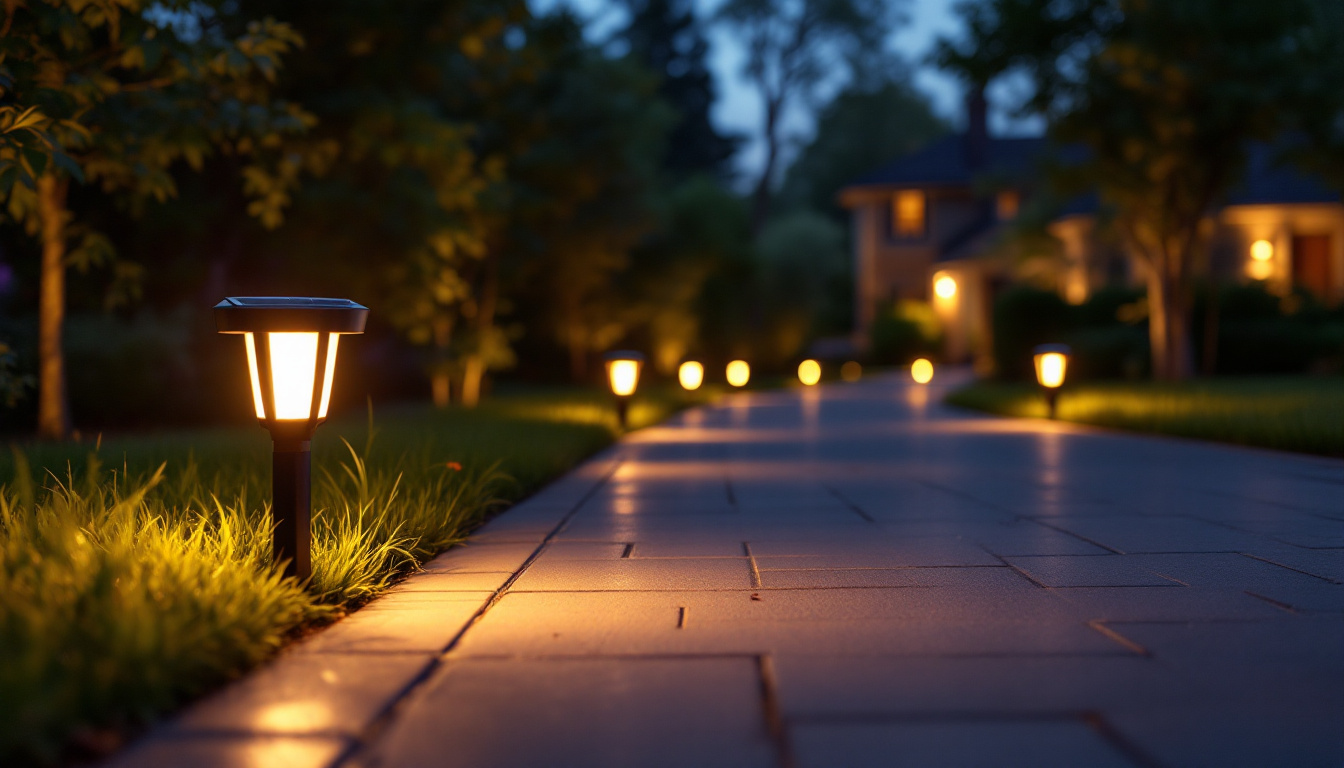
Illuminate your outdoor space efficiently with our comprehensive guide on driveway lights solar.
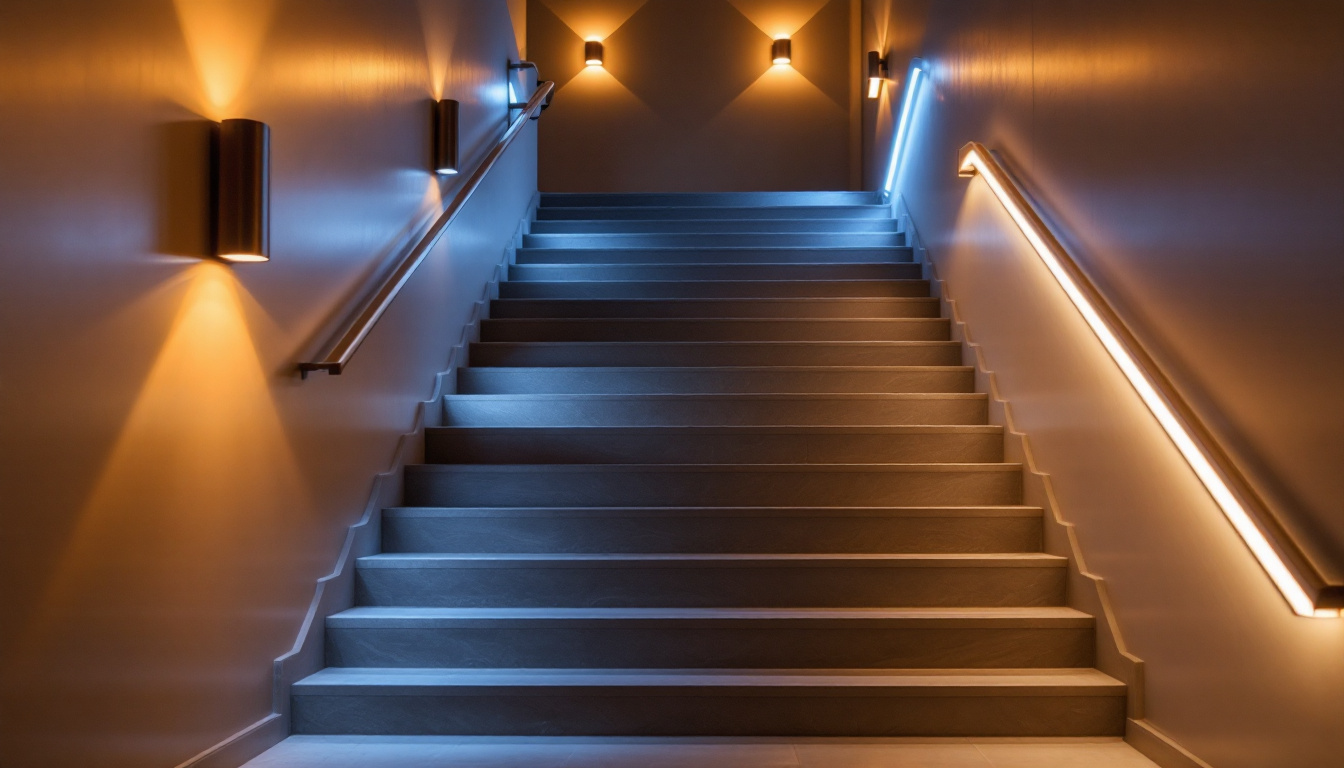
Illuminate your projects with precision using our comprehensive guide on stair lighting.
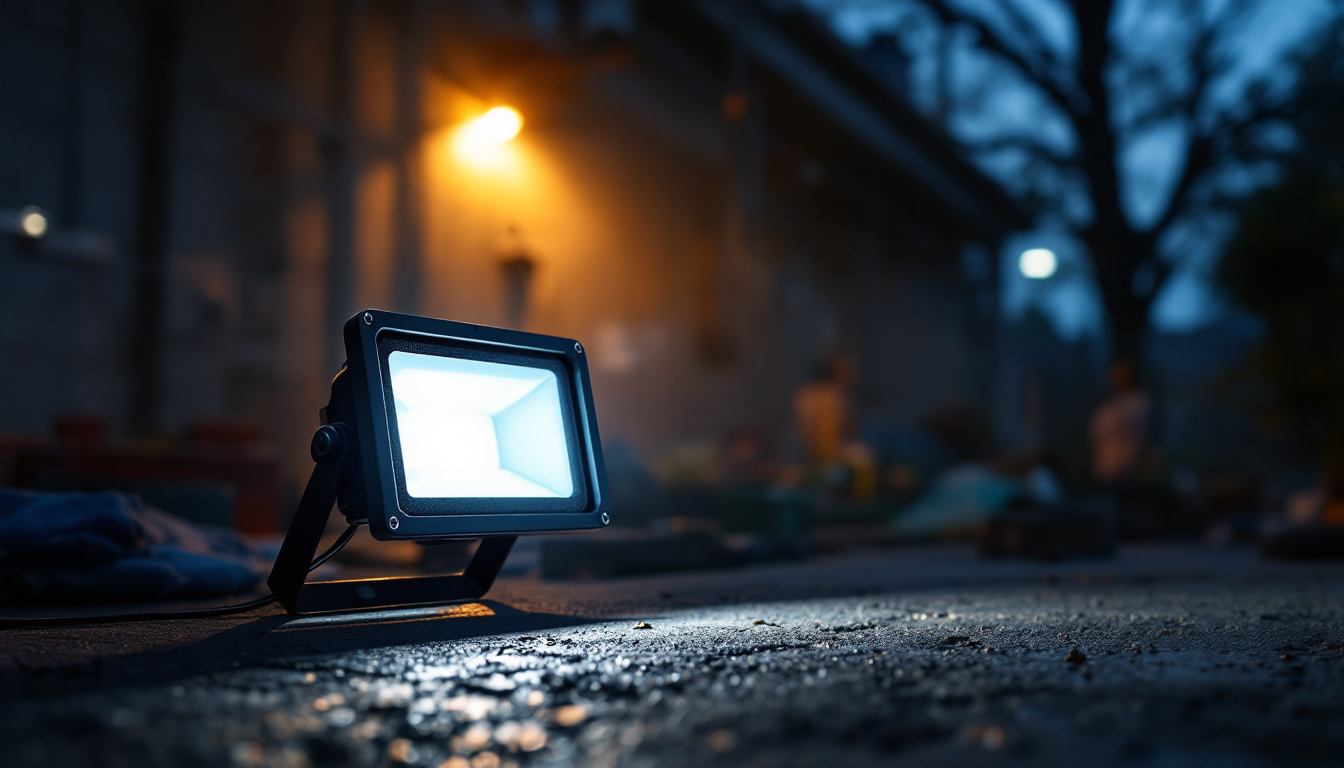
Discover the top outdoor flood lights that enhance efficiency for lighting contractors.
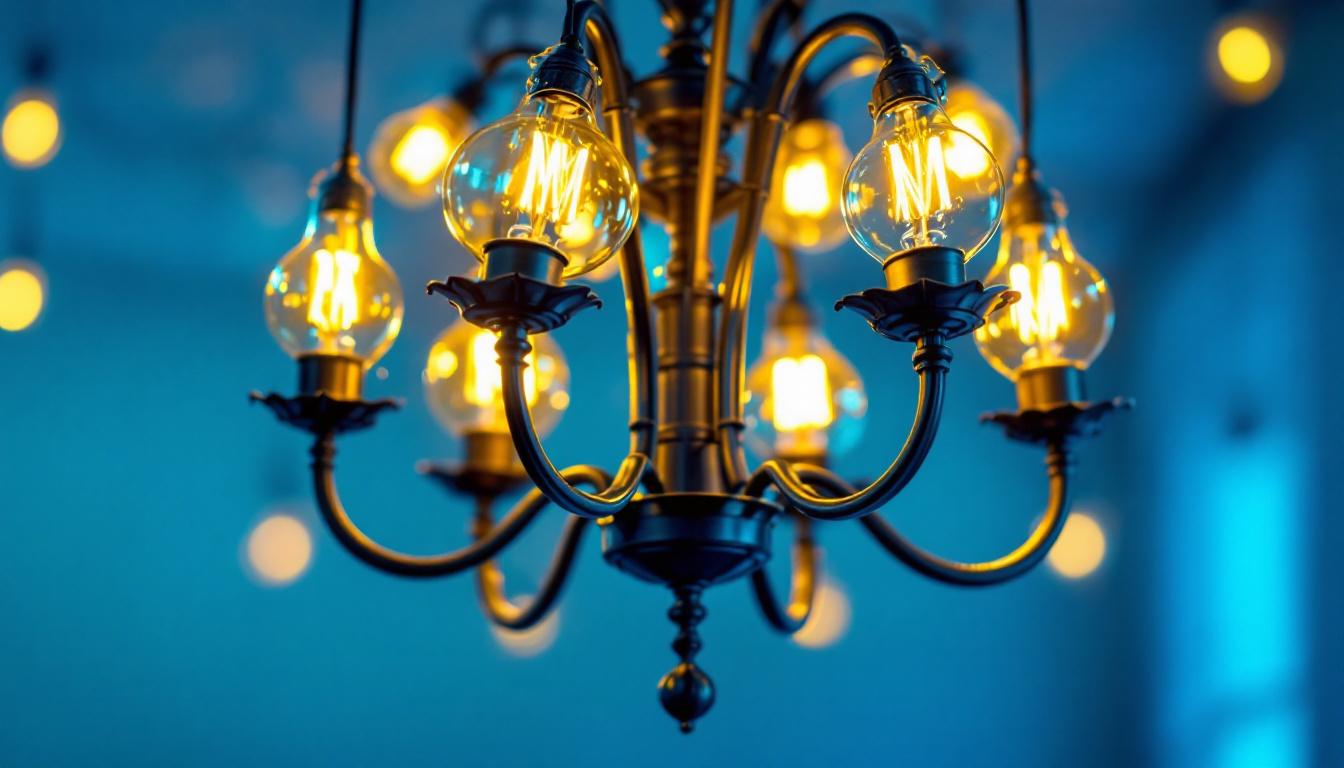
Discover the essential compliance guidelines and design tips for selecting decorative light bulbs for chandeliers.